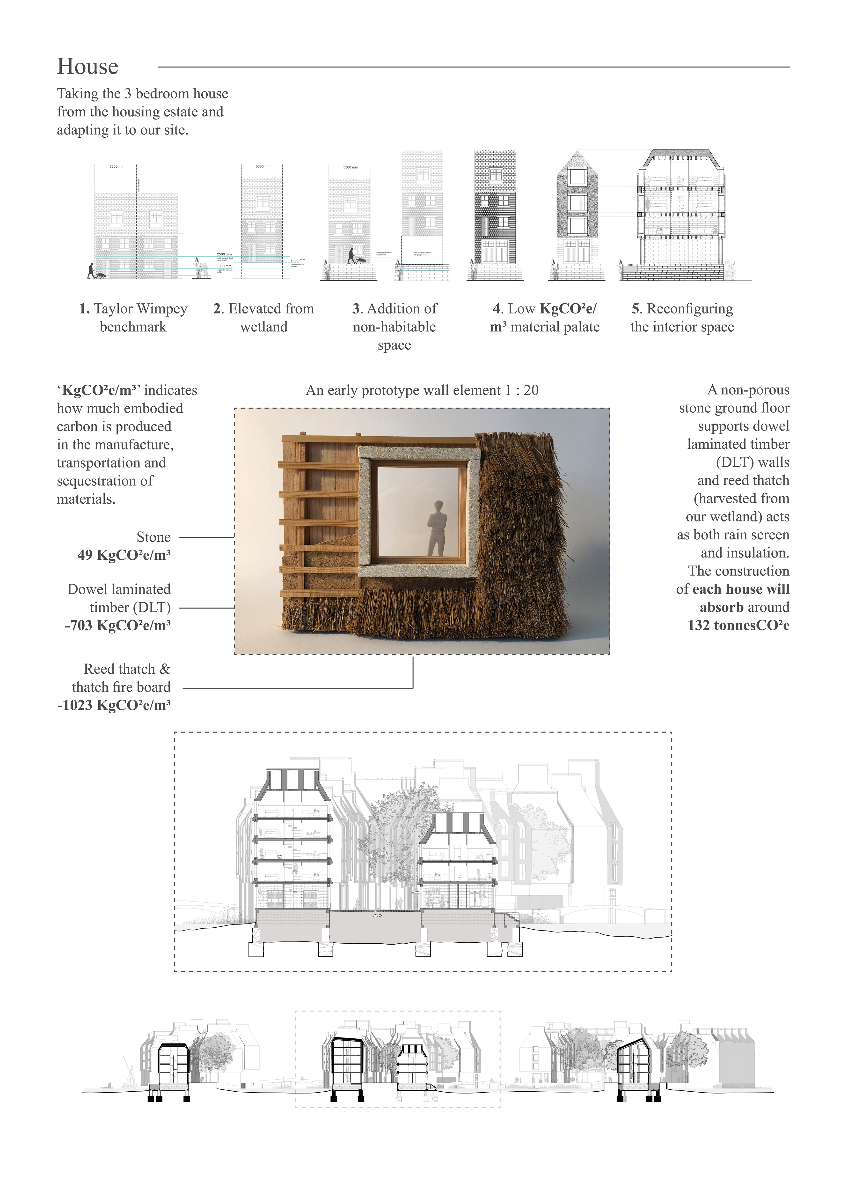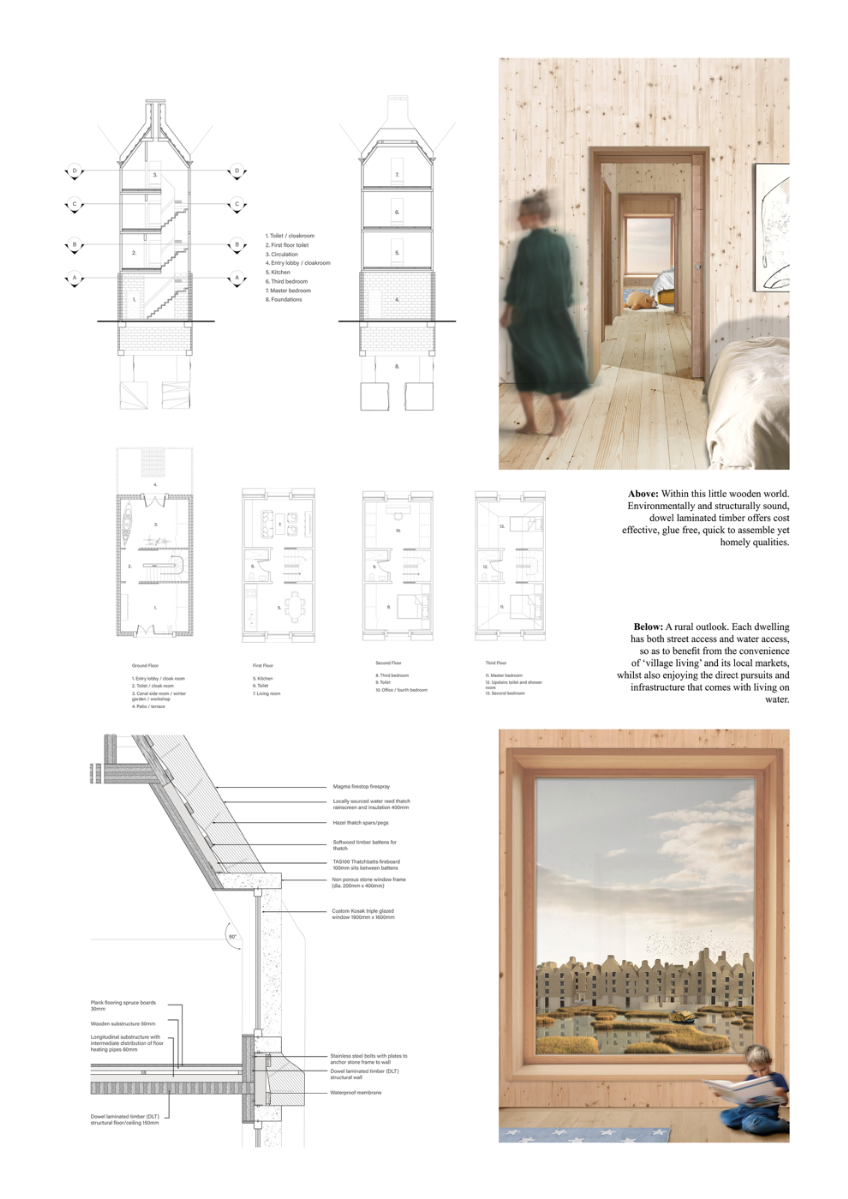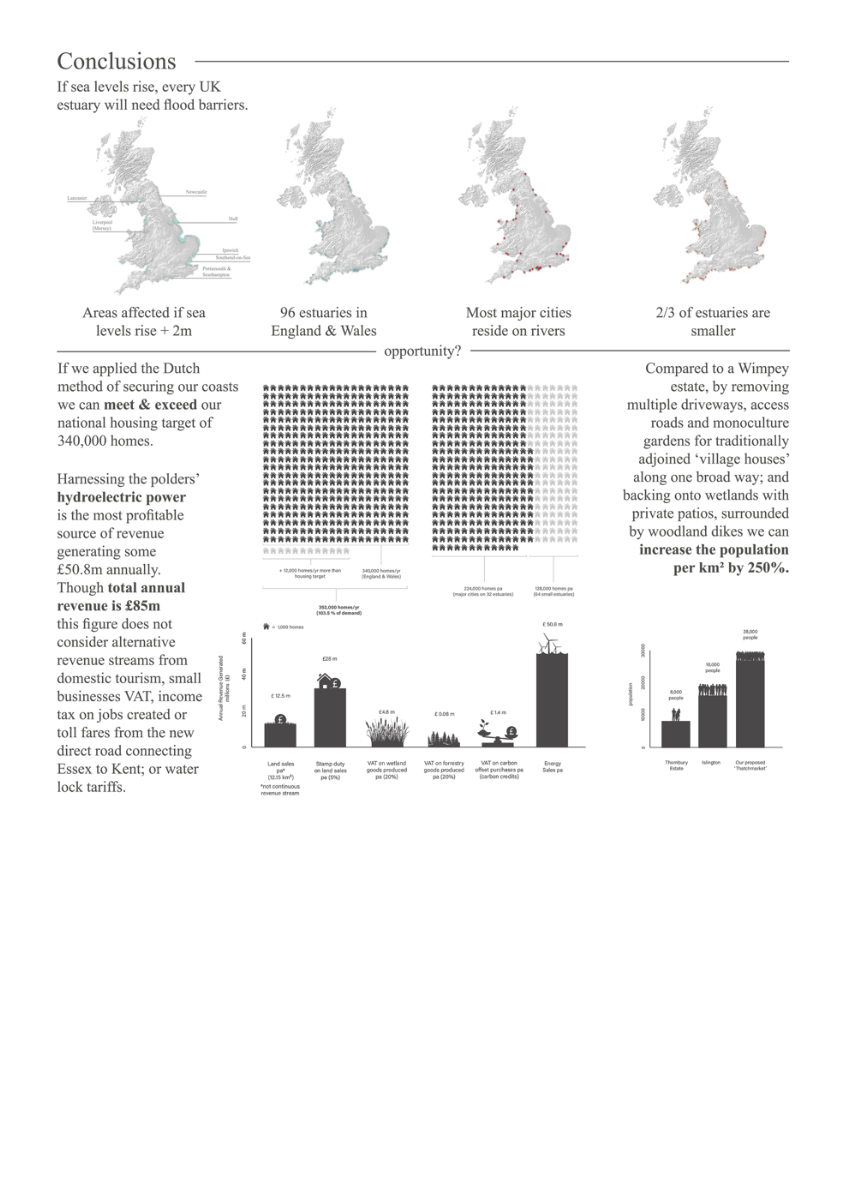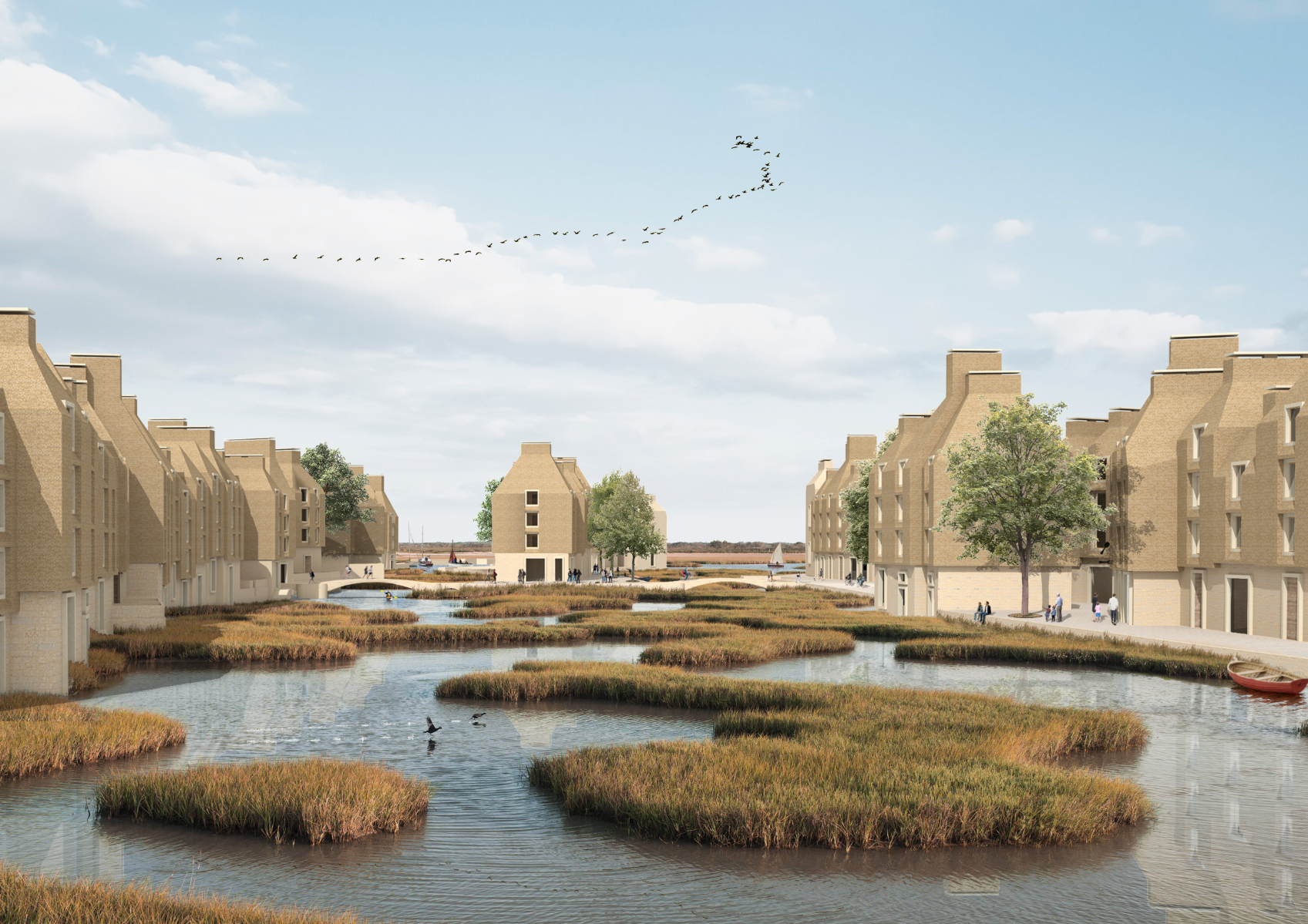David Rich
Architecture MA
Royal College of Art
Specialisms: Architecture
Location: London, United Kingdom


David Rich

First Name: David
Last Name: Rich
Specialisms: Architecture
Sectors:
My Location: London, United Kingdom
University / College: Royal College of Art
Course / Program Title: Architecture MA
About
Having recently completed his Master's degree in Architecture at the Royal College of Art, London, David was taught by Groupwork's Amin Taha and Peter Rae; who practice with specific interest in low embodied carbon materials, renewable energy, joins and material exploration.
Contrary to popular construction methods, stone and timber have become the material palate of choice for both the studio and journeyman architect. Chosen for their low embodied carbon attributes, both stone and timber are hard wearing, with a tactile nature and offer incredible ever-evolving versatility in the construction industry. Applied correctly, they can be very cost effective.
Following his final year design project (featured below) at the RCA, David, exercises this stone age philosophy with an inventive solution for several dilemmas facing modern Britain. He continues to embrace and explore these design principles in his work.
David’s final year project initially examined and criticised the ‘land hungry’ inefficiencies of ‘copy and paste’ housing estates and their subsequent effects on the greenbelt and Britain's countryside; arguing that this rural space, could be better used for sustenance or as natural habitats for ecology or carbon sequestration. At the same time, David saw an opportunity to offer an alternative to the Thames Estuary TE2100 Plan, a response to rising sea levels by year 2100, amongst other ununified plans for the Thames. Using this infrastructure project as an opportunity, he suggests taking the proposed new Thames Barrier down river but using the Dutch polder and dike system as the flood barrier. This new space creates new carbon sinks, new agricultural land, space for human habitation including jobs, taxation and of course acts as a flood defence. Should sea levels rise, then every river in the country will require flood defences particularly since most cities reside on rivers, not just London and the Thames. If his Dutch inspired proposal was adopted (and inhabited), then this new land form would provide the opportunity to meet and exceed the national housing target potentially for the next 25 years.
Competitions

















